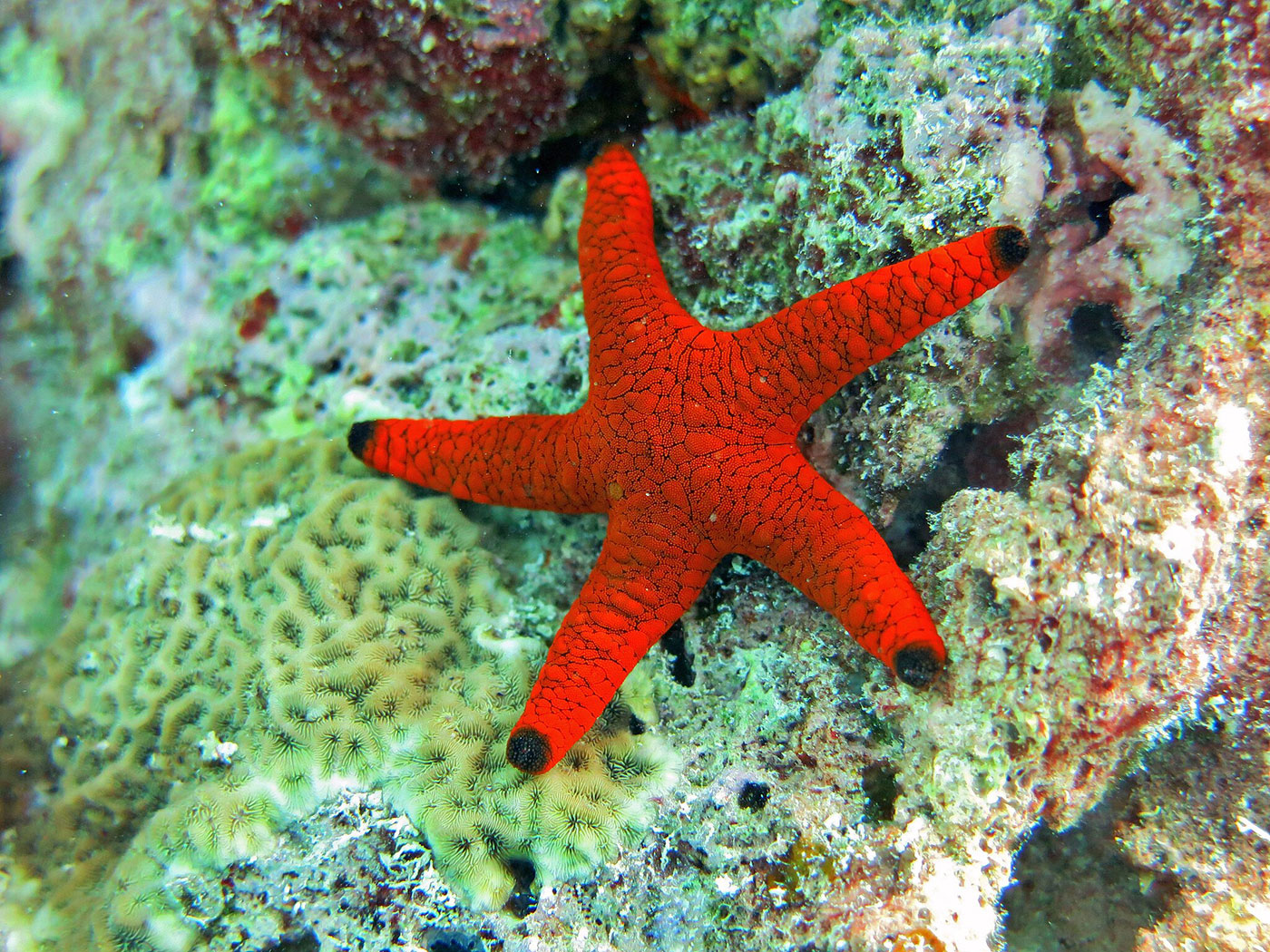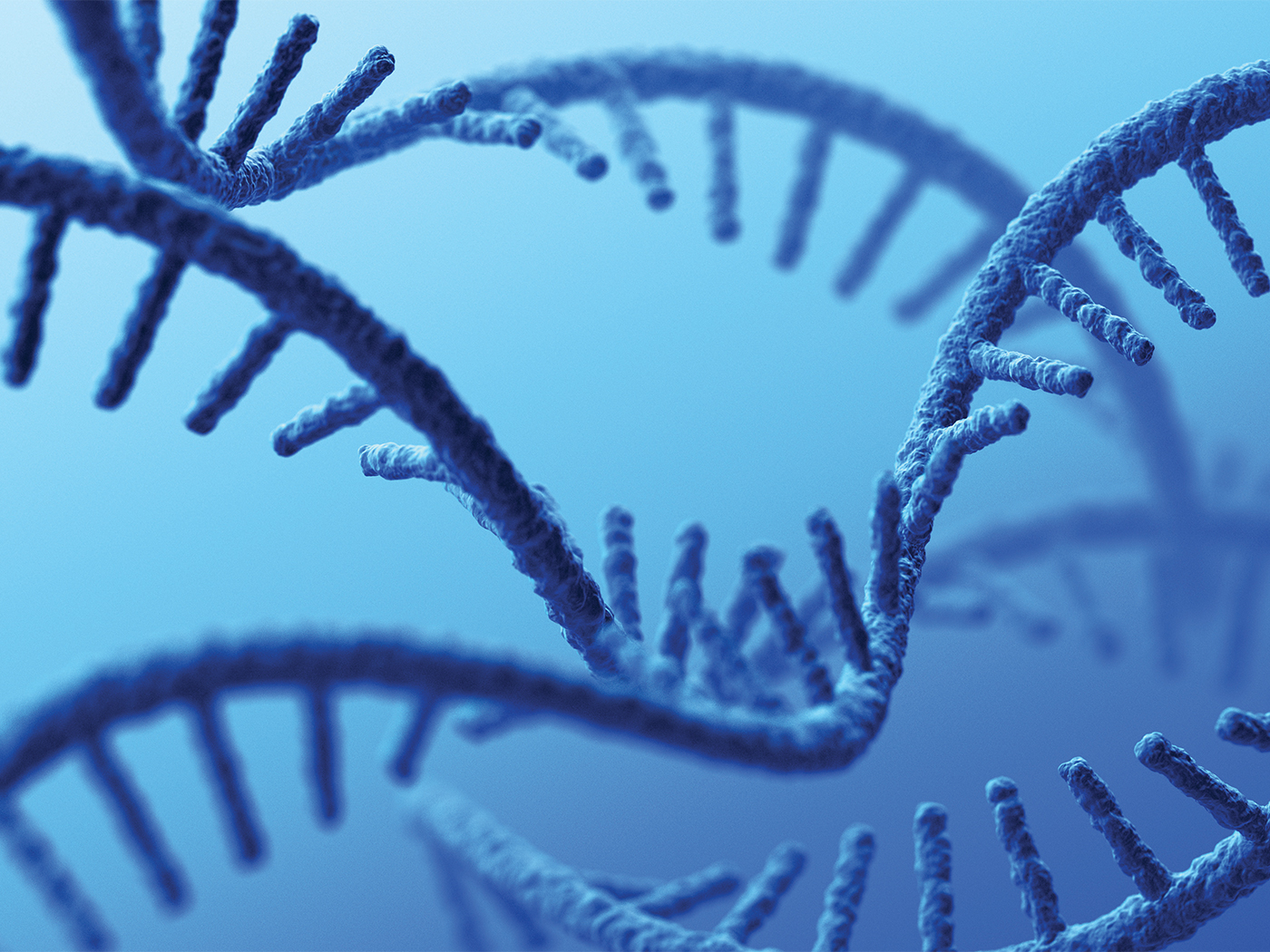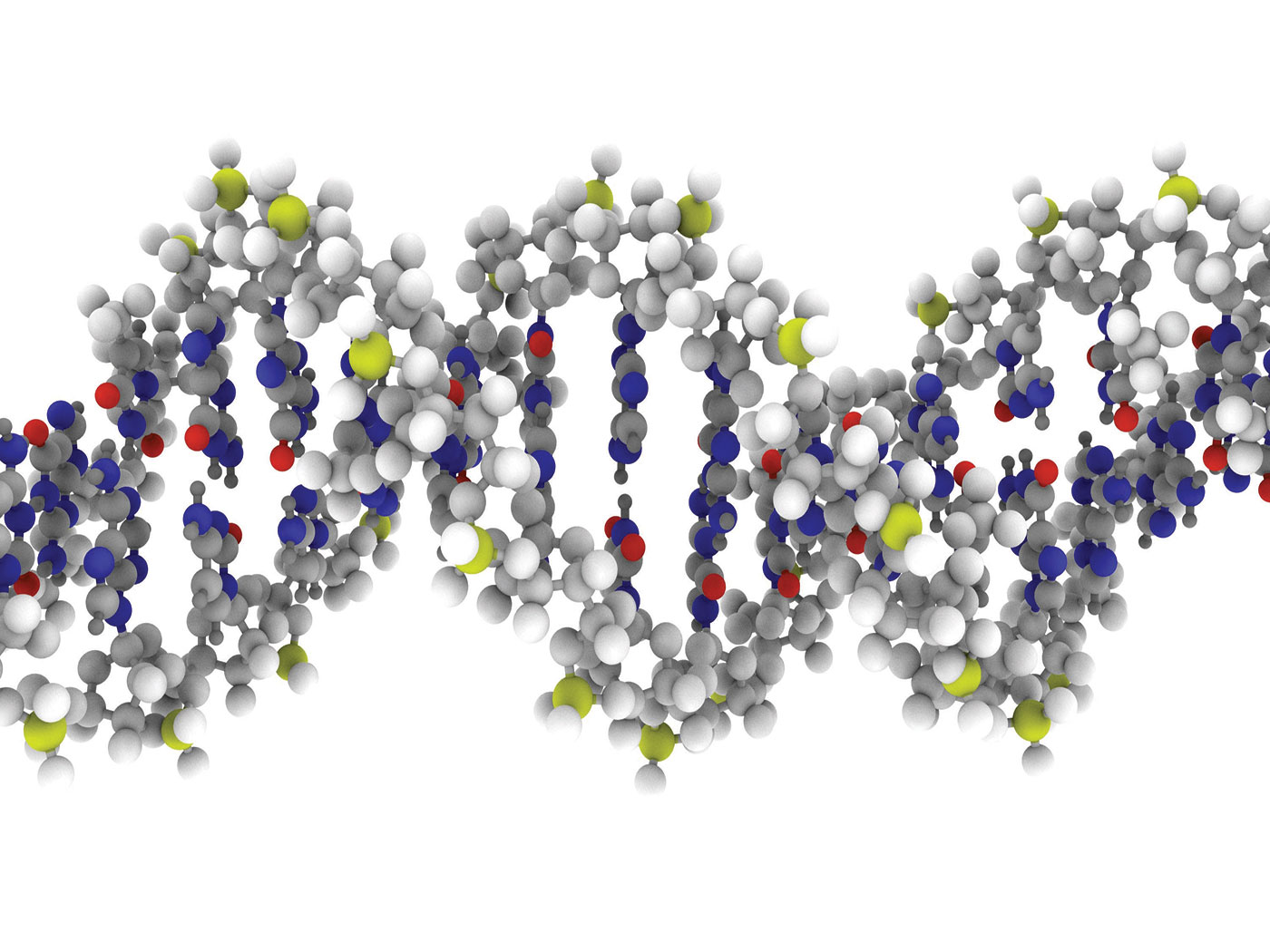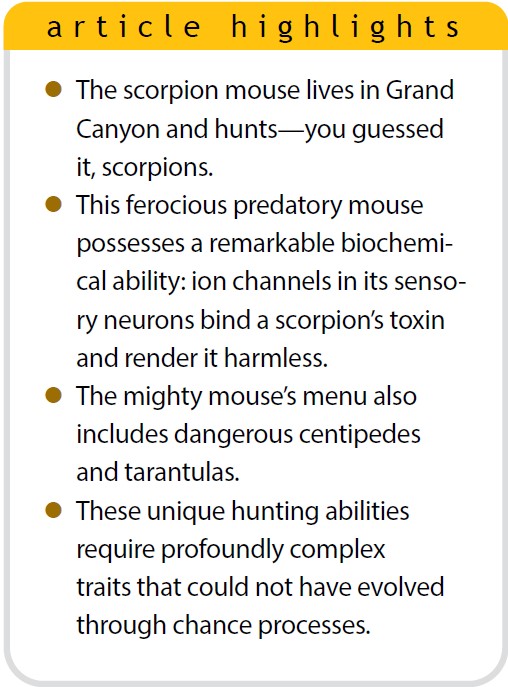
Don’t underestimate the ferocity of a humble-looking little mouse—especially if it lives inside Grand Canyon.
Although various mice inhabit Grand Canyon, the fiercest hunter among them is Onychomys torridus. In grasslands where grasshoppers graze and gambol, Onychomys mice are routinely called grasshopper mice. But in deserts where scorpions stalk and sting, they’re often called scorpion mice. Grand Canyon has its share of both, and Onychomys mice have lots of canyonland food options that allow them to do well in either environment.1
Eating grasshoppers sounds straightforward. Onychomys mice claws can quickly grab their jumping-too-late prey. Eating scorpions, on the other hand, is a lot trickier. How has God equipped Onychomys mice to combat the lethal venom of Grand Canyon’s scorpions such as the copper-colored Arizona bark scorpion (Centruroides sculpturatus)?
Arizona bark scorpions are the most venomous scorpions in North America. Their poison works via neurotoxic envenomation, which disrupts the nervous system by interfering with the transmission of nerve signals. This can cause mixed symptoms that include severe fiery pain, heartbeat irregularity, fever, elevated blood pressure, numbness, double vision, and difficulty breathing.
The Arizona bark scorpion…[by] its sting can kill a human infant or young child.…Bark scorpions produce toxins that bind to sodium (Na+) and potassium (K+) ion channels in nerve and muscle tissue, producing hyperexcitable cells that disrupt normal physiological functioning in the neuromuscular and peripheral sensory systems.2
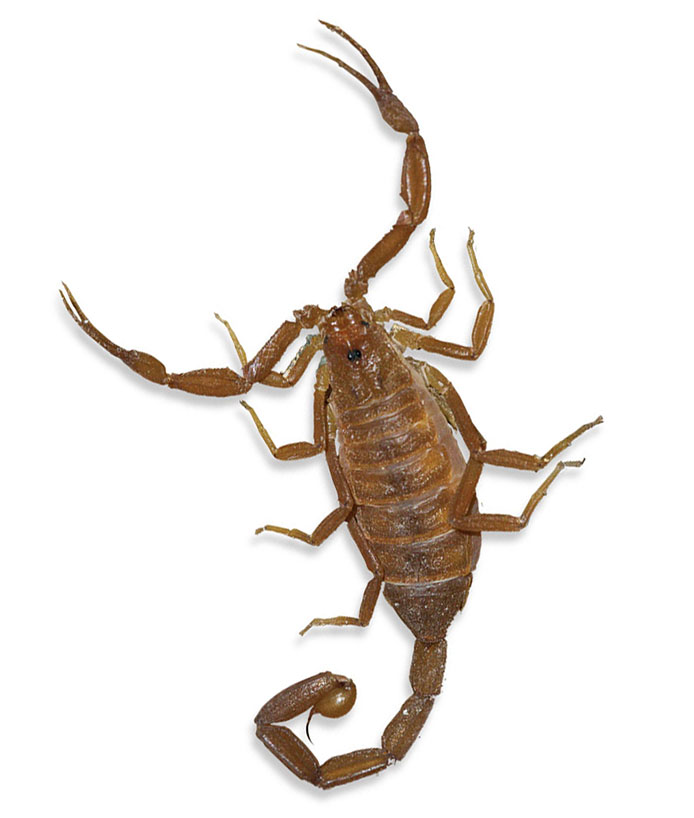
However, Onychomys mice are not only immune to bark scorpion venom toxins, but their bodies also amazingly convert those pain-stimulating toxins into the opposite: pain-blocking analgesic!
Yet grasshopper mice eat [bark scorpions] with impunity…. In fact, instead of inducing pain in grasshopper mice, the ion channels in grasshopper mice sensory neurons bind [the bark scorpion venom] toxins and use them to block the pain signals that the venom is trying to transmit.2
Needless to say, the mouse’s table-turning biochemistry defense was not acquired by mindless evolutionary “luck.”3 Only the Lord Jesus has the infinite genius and bioengineering skill to design and install that ability into those mice.3
Meanwhile, you should also pity the deadly, venomous Arizona desert centipede Scolopendra heros when it has the misfortune to encounter a nighthunting Onychomys mouse. In the ensuing battle, the mouse continuously tracks and quickly dodges the centipede’s clawing movements. Evading the centipede’s waving forcipules (fang-like, venom-injecting appendages), the mouse repeatedly bites into the centipede’s exoskeleton, demolishing its central nervous system. This paralyzes the centipede, and the mouse can then finish its meal.4 Likewise, hunting tarantulas become the hunted when Onychomys mice attack.2
Scripture tells us that this world is fallen. That’s why parasites and predators do what they do. But one day predation and death themselves shall die (1 Corinthians 15:26). Until then, the fallenness of this world is a constant reminder that our lives could never have evolved from nonlife, despite an imagined infinity of time, because only the Lord Jesus Christ can give or sustain life in this world.3
And that’s true even for the humble-looking, fierce mice of Grand Canyon’s inner gorge.
- Possible prey for desert denizen-devouring Onychomys mice include large insects (like praying mantises and crickets), spiders (including tarantulas), millipedes and centipedes (like the Arizona desert centipede), worms, small birds, bats, other mice, and even small snakes. If necessary, this carnivorous diet is supplemented by plant material like seeds, but Onychomys mice are obligate predators. This means some kind of “meat” comprises about 90% of their diet.
- “Toxins [in bark scorpion venom] that kill animals work by targeting ion channels in the nerve and muscle tissues that regulate lung function, causing asphyxiation.” Rowe, A. H. and M. P. Rowe. 2015. Predatory Grasshopper Mice. Current Biology. 25: R1019–R1031. See also Rowe, A. H. et al. 2013. Voltage-Gated Sodium Channel in Grasshopper Mice Defends Against Bark Scorpion Toxin. Science. 342 (6157): 441–446.
- Colossians 1:16–17; 1 Corinthians 1:27b. See also Johnson, J. J. S. 2018. Infinite Time Won’t Rescue Evolution. Acts & Facts. 47 (6): 21.
- National Geographic. Centipede vs. Grasshopper Mouse. YouTube video. Posted on youtube.com February 28, 2013.








